Zipacna, Creator of the Mountains
Federico Herrero and Naufus Ramírez-Figueroa
Galerie Sultana + Proyectos Ultravioleta, Paris, France
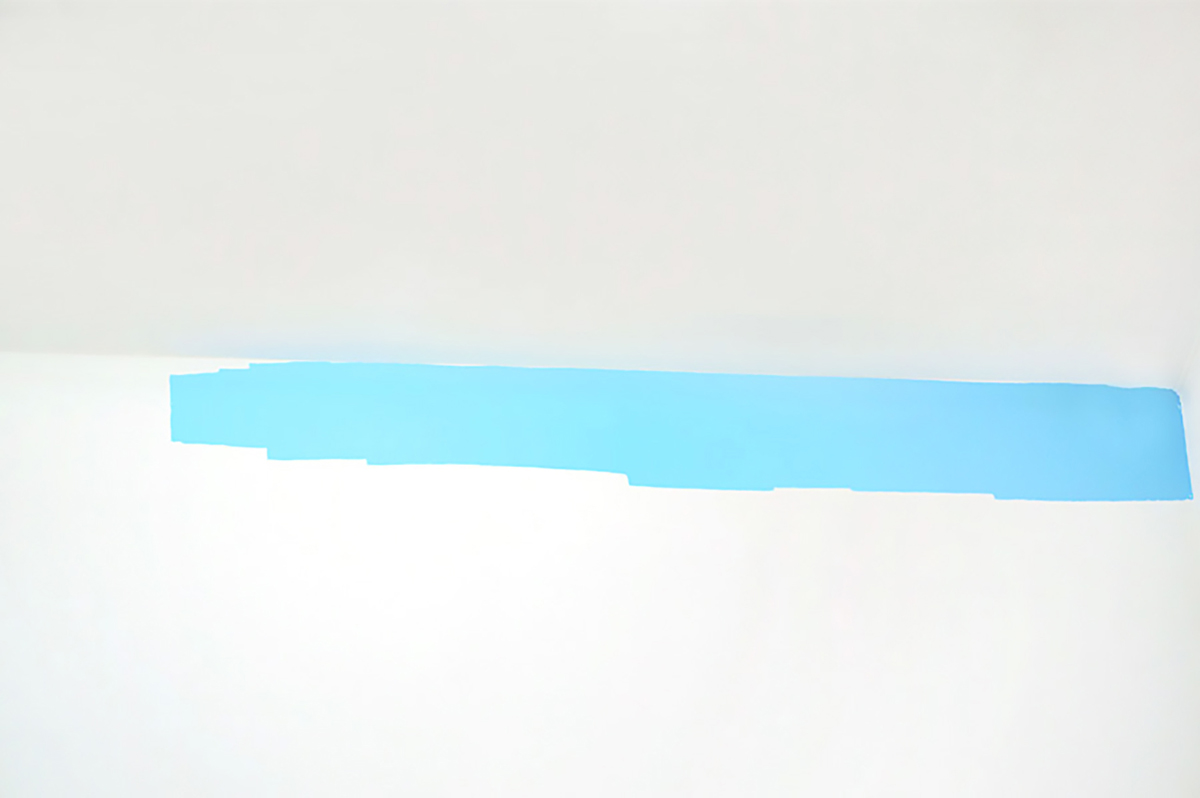
Zipacna, Creator of the Mountains
Federico Herrero 2014 Exhibition view Galeria Sultana / Proyectos Ultravioleta Paris, France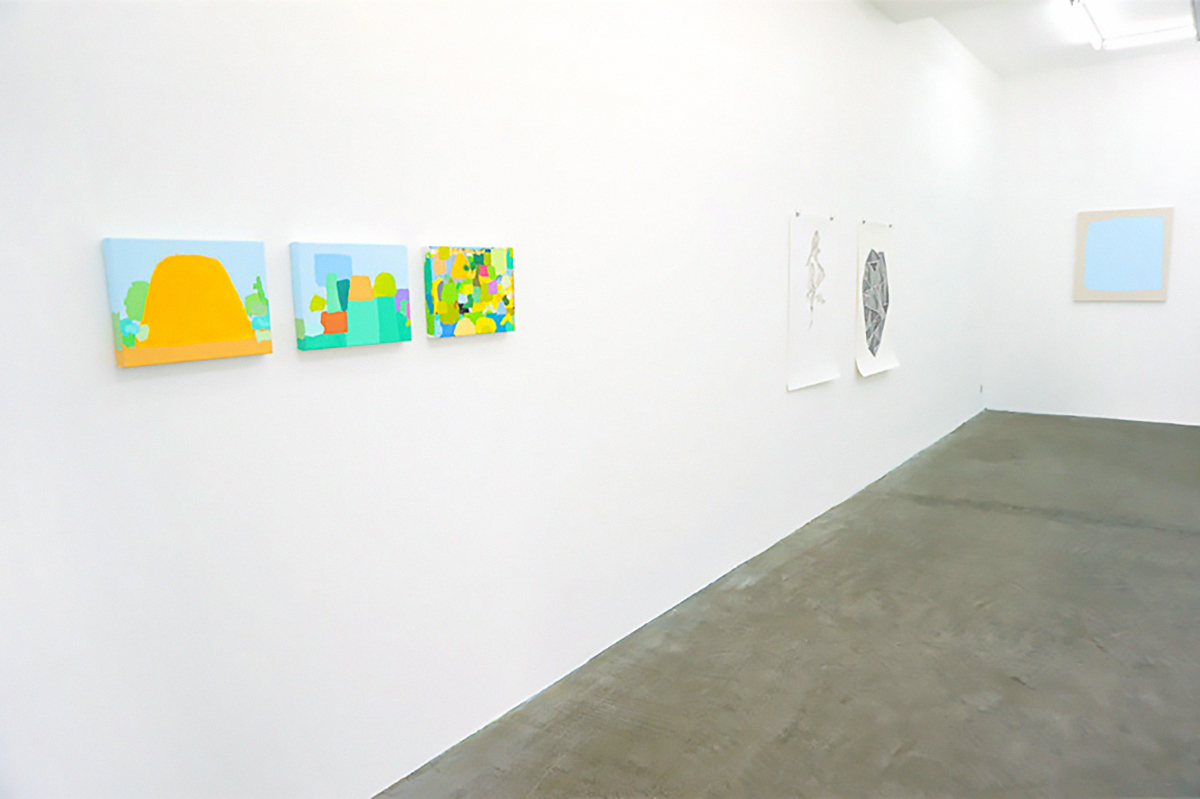
Zipacna, Creator of the Mountains
2014 Exhibition view Galeria Sultana / Proyectos Ultravioleta Paris, France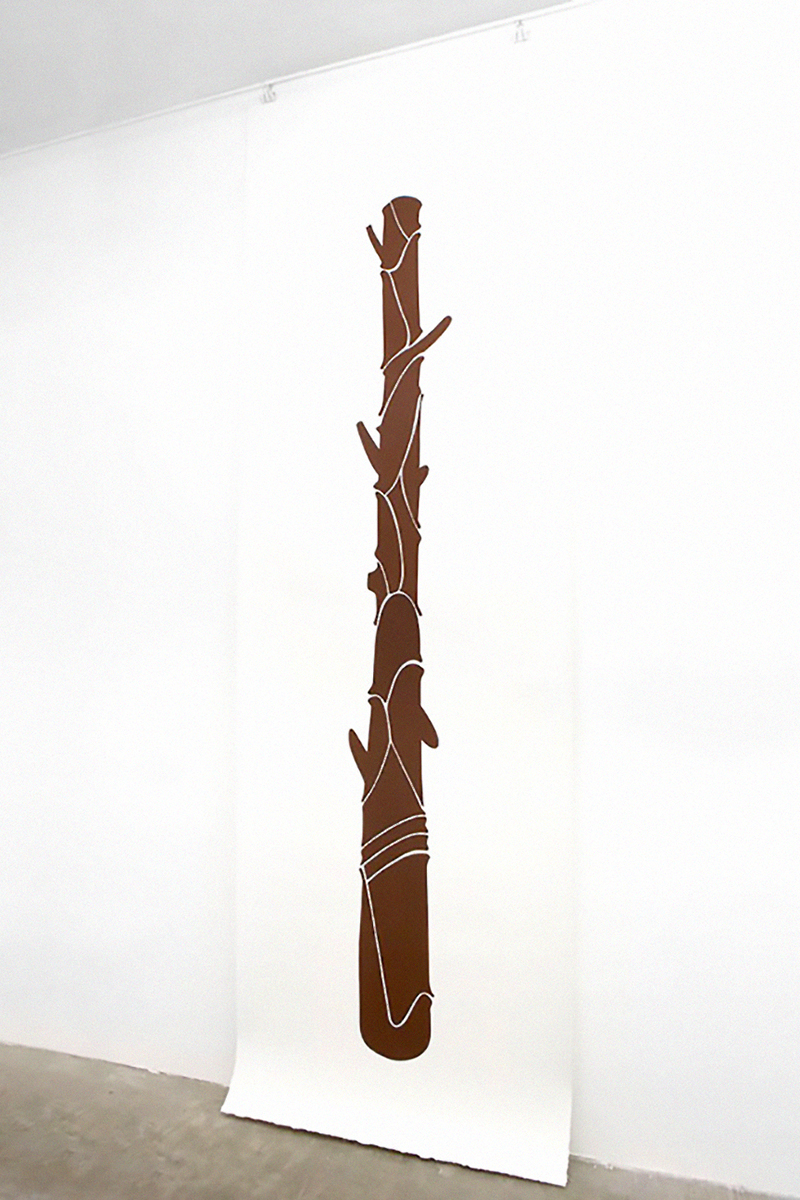
Zipacna, Creator of the Mountains
Naufus Ramírez Figueroa 2014 Exhibition view Galeria Sultana / Proyectos Ultravioleta Paris, France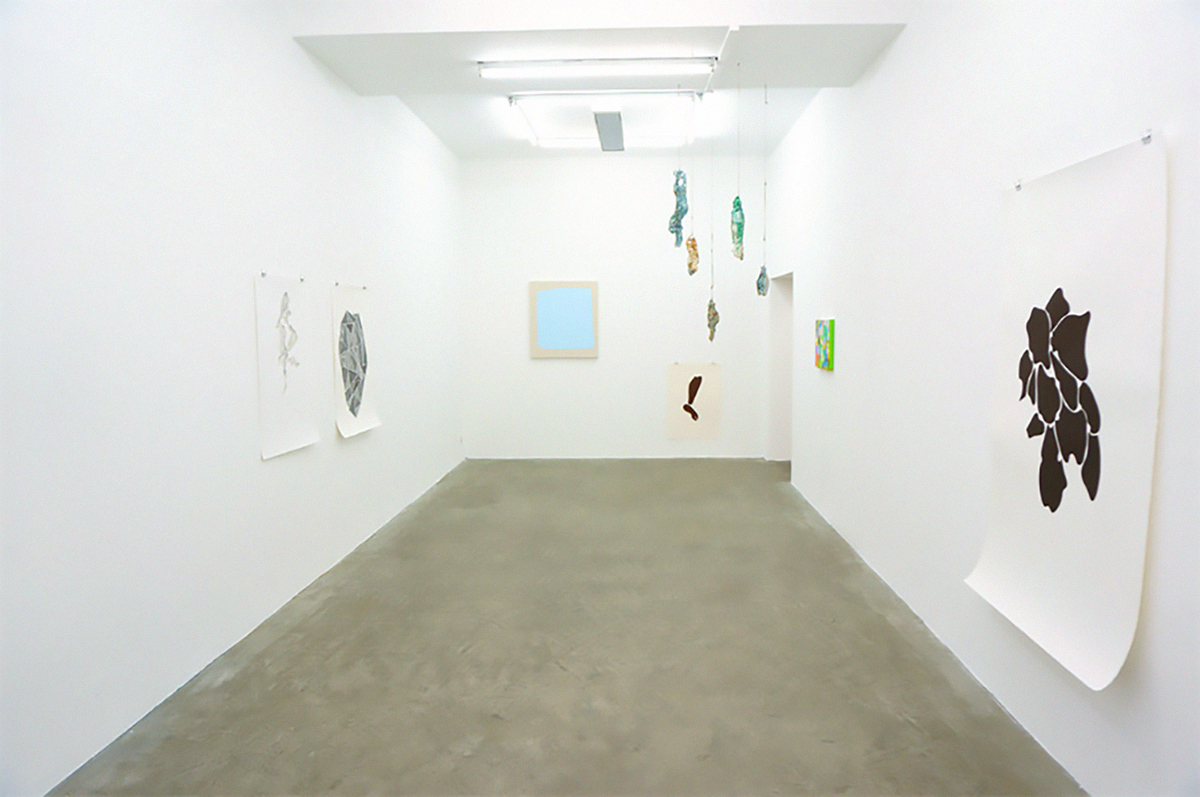
Zipacna, Creator of the Mountains
2014 Exhibition view Galeria Sultana / Proyectos Ultravioleta Paris, France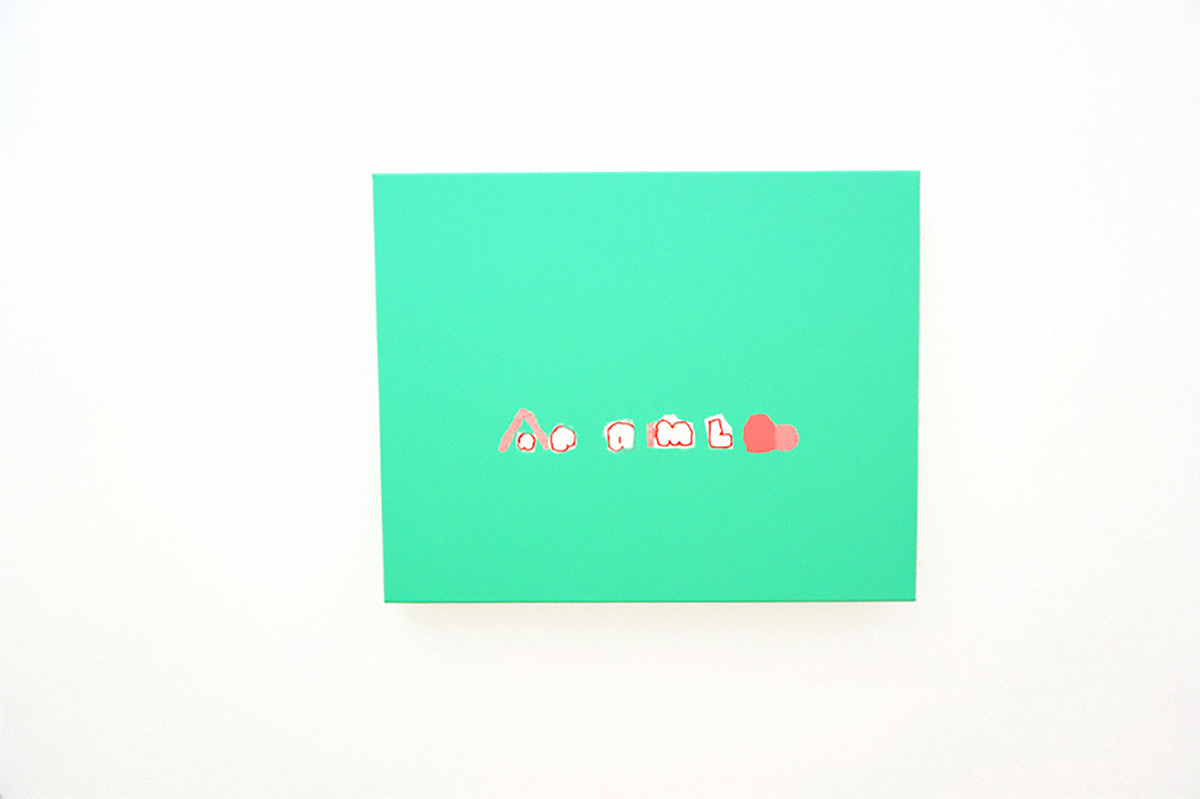
Zipacna, Creator of the Mountains
Federico Herrero 2014 Exhibition view Galeria Sultana / Proyectos Ultravioleta Paris, France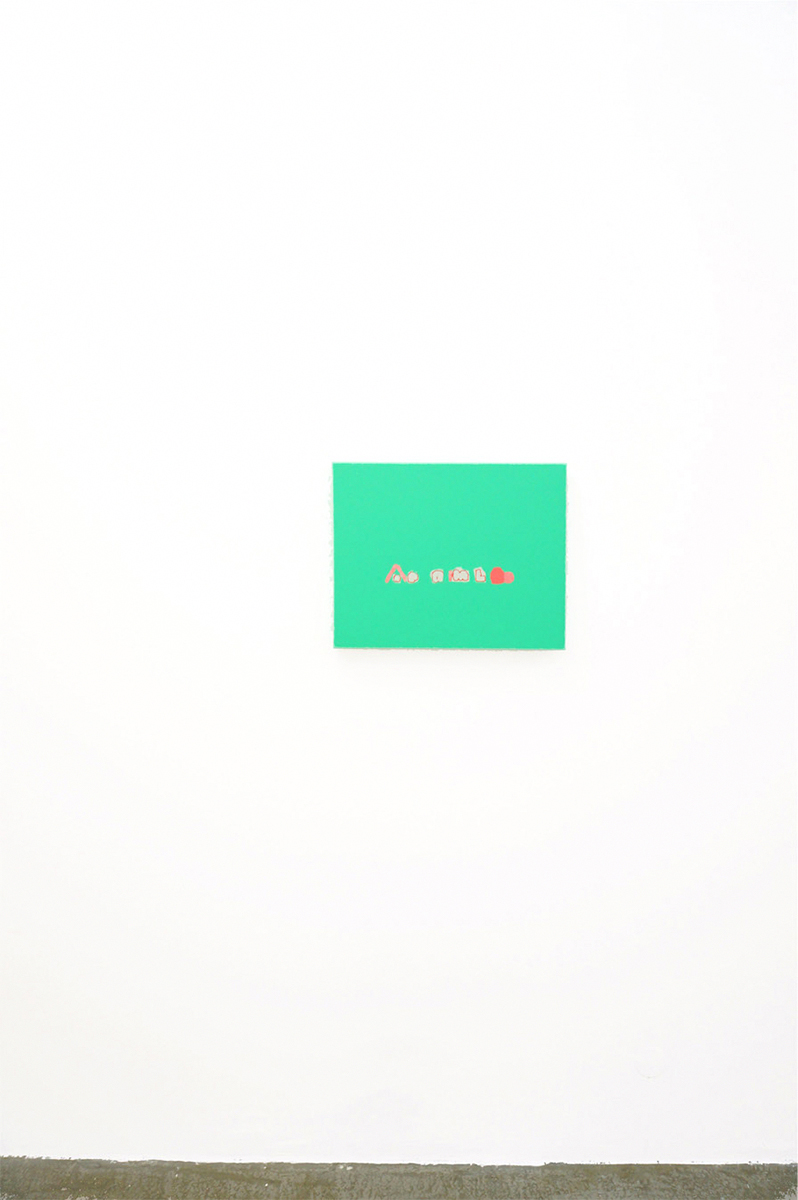
Zipacna, Creator of the Mountains
Federico Herrero 2014 Exhibition view Galeria Sultana / Proyectos Ultravioleta Paris, France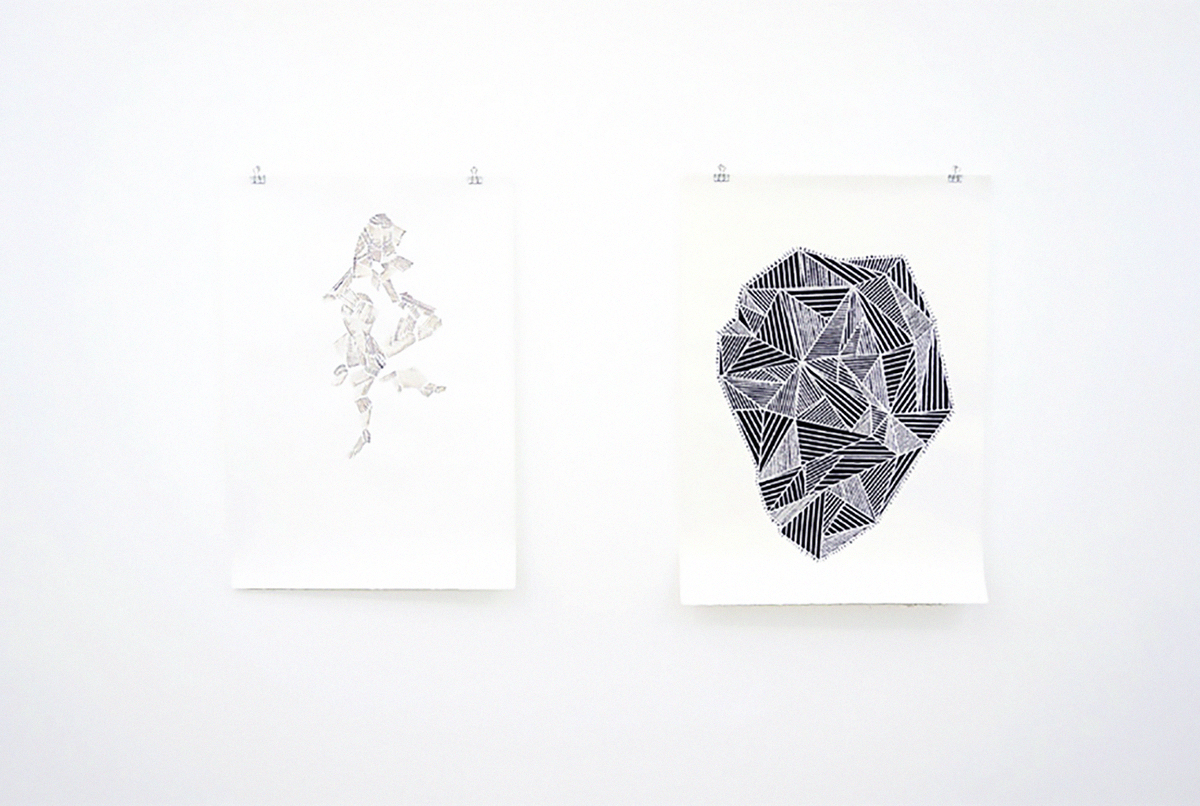
Zipacna, Creator of the Mountains
Naufus Ramírez-Figueroa 2014 Exhibition view Galeria Sultana / Proyectos Ultravioleta Paris, France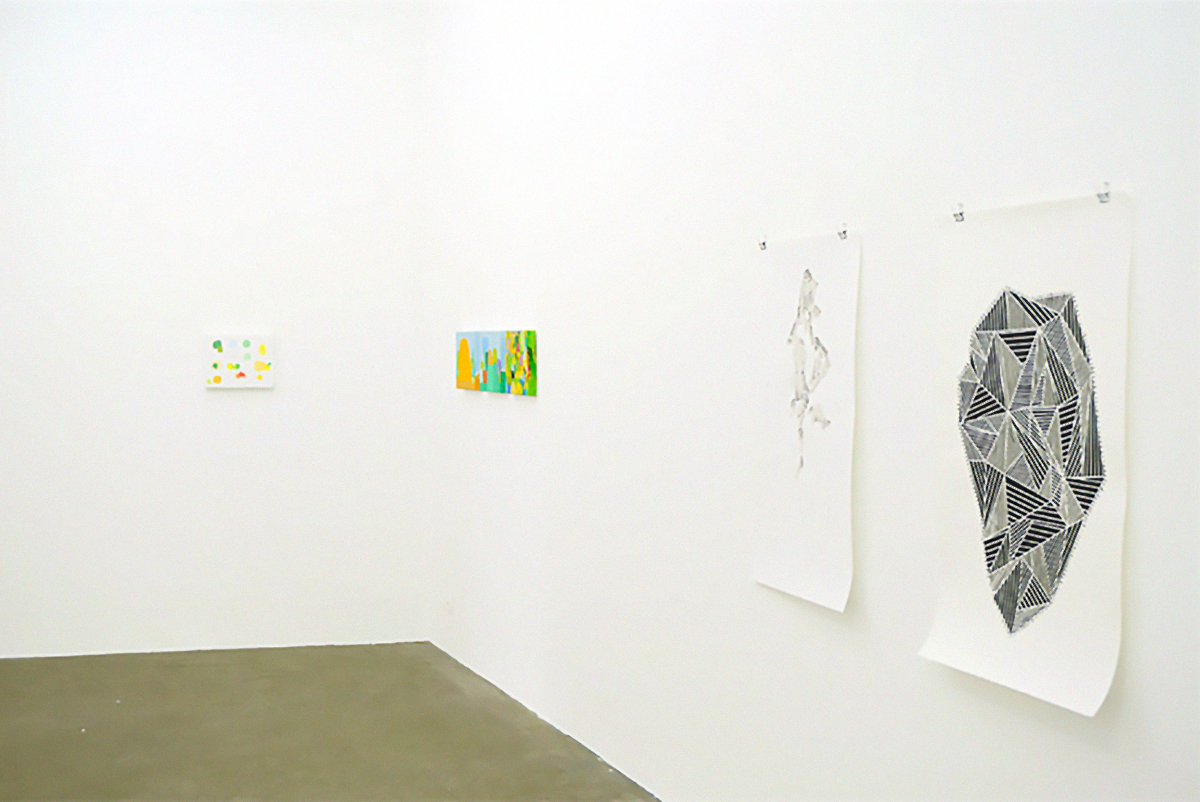
Zipacna, Creator of the Mountains
2014 Exhibition view Galeria Sultana / Proyectos Ultravioleta Paris, France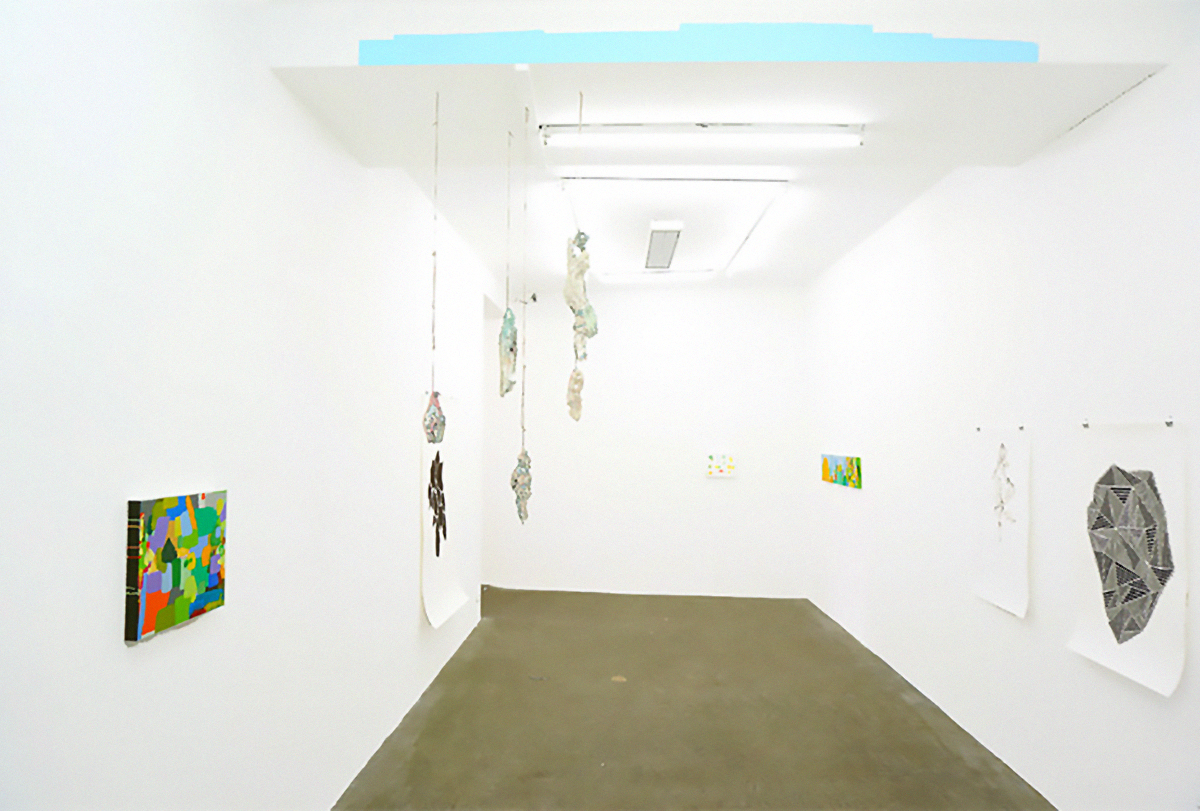
Zipacna, Creator of the Mountains
2014 Exhibition view Galeria Sultana / Proyectos Ultravioleta Paris, France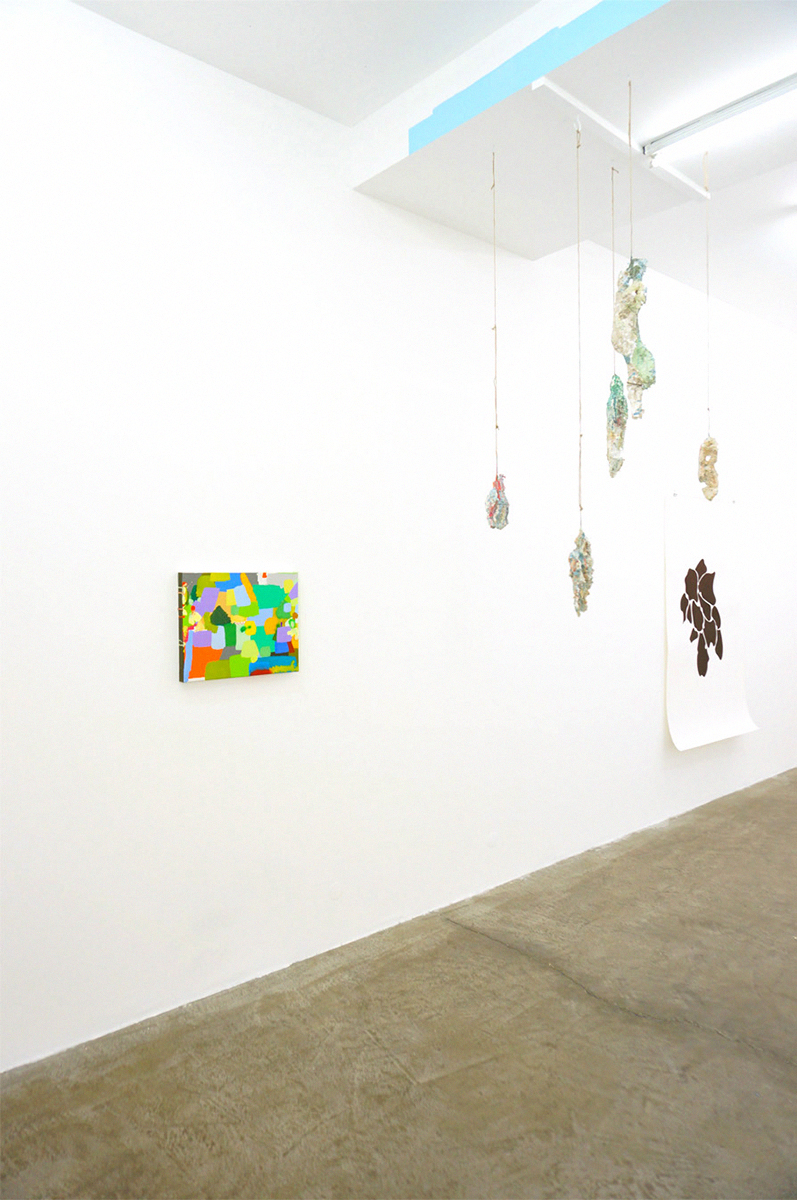
Zipacna, Creator of the Mountains
2014 Exhibition view Galeria Sultana / Proyectos Ultravioleta Paris, France
Zipacna, Creator of the Mountains
Naufus Ramírez-Figueroa 2014 Exhibition view Galeria Sultana / Proyectos Ultravioleta Paris, France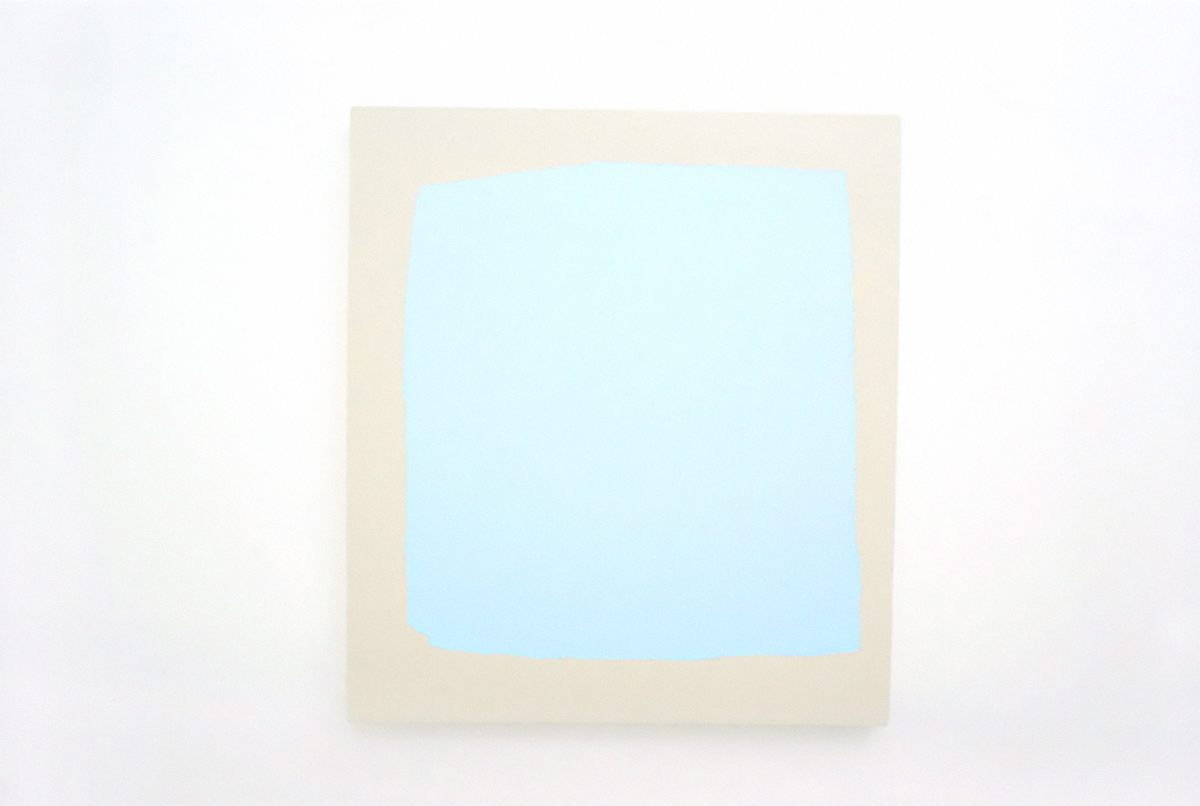
Zipacna, Creator of the Mountains
Federico Herrero 2014 Exhibition view Galeria Sultana / Proyectos Ultravioleta Paris, France
Zipacna, Creator of the Mountains 
Zipacna, Creator of the Mountains 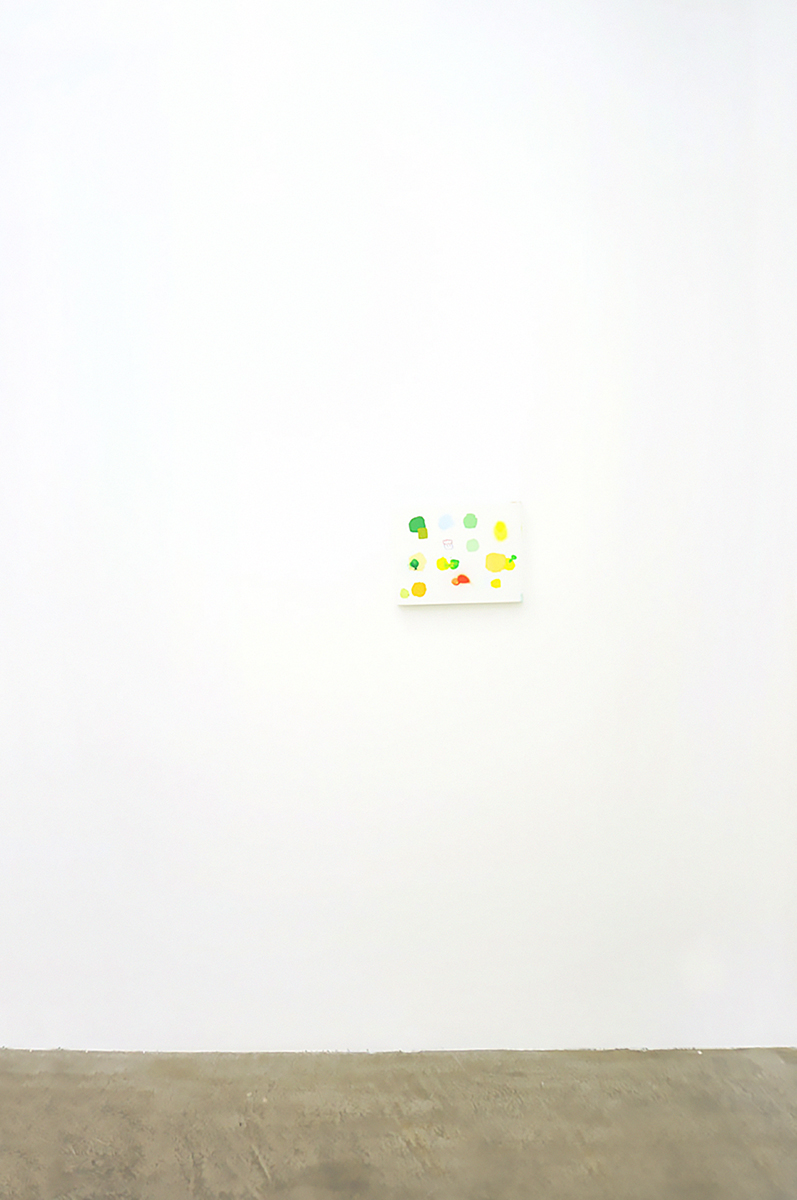
Zipacna, Creator of the Mountains 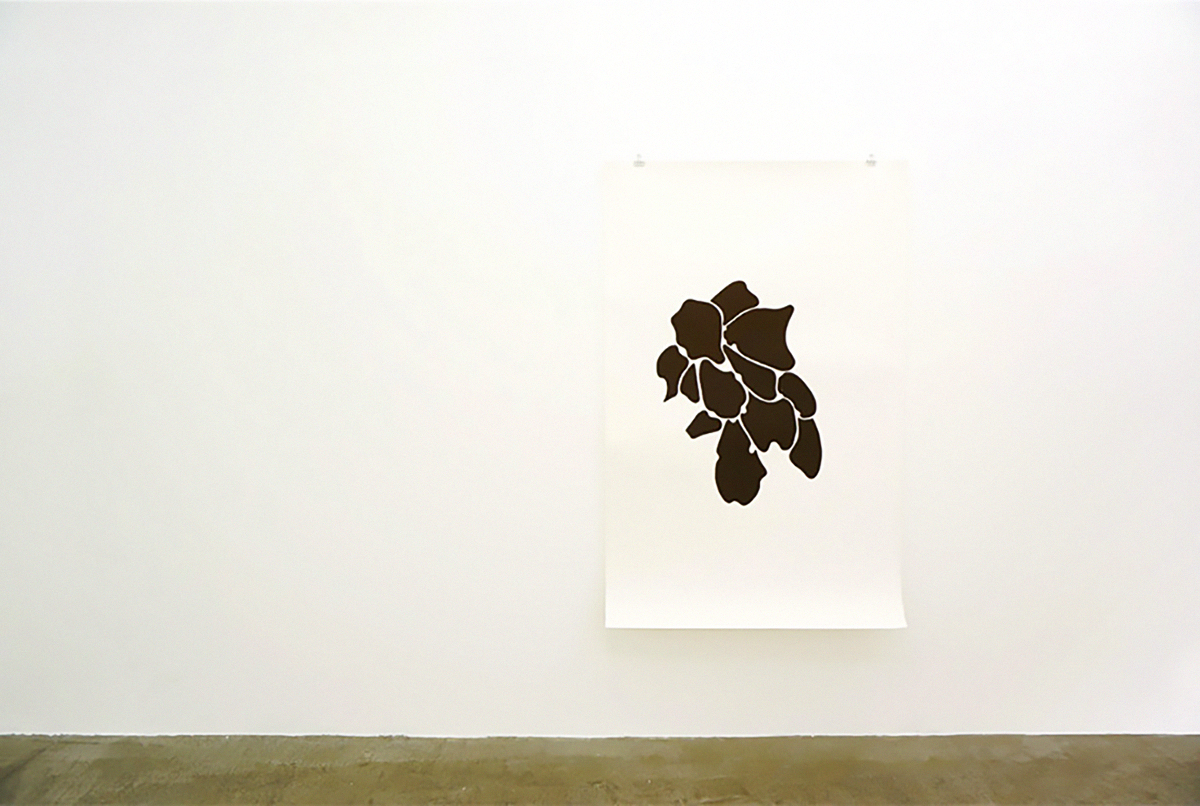
Zipacna, Creator of the Mountains

Zipacna, Creator of the Mountains
Federico Herrero 2014 Exhibition view Galeria Sultana / Proyectos Ultravioleta Paris, France
Zipacna, Creator of the Mountains
2014 Exhibition view Galeria Sultana / Proyectos Ultravioleta Paris, France
Zipacna, Creator of the Mountains
Naufus Ramírez Figueroa 2014 Exhibition view Galeria Sultana / Proyectos Ultravioleta Paris, France
Zipacna, Creator of the Mountains
2014 Exhibition view Galeria Sultana / Proyectos Ultravioleta Paris, France
Zipacna, Creator of the Mountains
Federico Herrero 2014 Exhibition view Galeria Sultana / Proyectos Ultravioleta Paris, France
Zipacna, Creator of the Mountains
Federico Herrero 2014 Exhibition view Galeria Sultana / Proyectos Ultravioleta Paris, France
Zipacna, Creator of the Mountains
Naufus Ramírez-Figueroa 2014 Exhibition view Galeria Sultana / Proyectos Ultravioleta Paris, France
Zipacna, Creator of the Mountains
2014 Exhibition view Galeria Sultana / Proyectos Ultravioleta Paris, France
Zipacna, Creator of the Mountains
2014 Exhibition view Galeria Sultana / Proyectos Ultravioleta Paris, France
Zipacna, Creator of the Mountains
2014 Exhibition view Galeria Sultana / Proyectos Ultravioleta Paris, France
Zipacna, Creator of the Mountains
Naufus Ramírez-Figueroa 2014 Exhibition view Galeria Sultana / Proyectos Ultravioleta Paris, France
Zipacna, Creator of the Mountains
Federico Herrero 2014 Exhibition view Galeria Sultana / Proyectos Ultravioleta Paris, France
Zipacna, Creator of the Mountains 
Zipacna, Creator of the Mountains 
Zipacna, Creator of the Mountains 
Zipacna, Creator of the Mountains
The Popol Vuh or “Book of the People” is an epic mytho-historical narrative written by anonymous members of the Quiché-Maya nobility, a branch of the Maya that dominated the highlands of western Guatemala prior to the arrival of the Spanish conquistadors in 1524. Their present population is something over half a million, spread thinly through a series of market towns and smaller agricultural villages in the modern Guatemalan states of Quiché, Totonicapán, and Quetzaltenango.
The story goes that Zipacna, a demon, is challenged by Hunahpu and Ixbalanque, the two divine hero twins, who decide to exact revenge upon him for the death of the Four Hundred Boys, a group of 400 patron deities of alcohol who had previously tried to kill him after considering his overwhelming strength an aberration. In a fascinating account that deals with arrogance, revenge, fear, and the creation of the universe, Zipacna is finally killed through a scheme in which an elaborate fake crab –his favorite food– is constructed and hid it deep in a canyon. This has raised multiple interpretations, including that of death as punishment for sexual desire.
Zipacna, Creator of Mountains, a collaboration between Proyectos Ultravioleta (Guatemala City) and Galerie Sultana (Paris), brings together the work of two of the most interesting young Latin American artists working today: Federico Herrero, renowned painter and sculptor from Costa Rica, and Naufus Ramírez-Figueroa, multi-disciplinary artists from Guatemala. The exhibition revolves around a piece of fan fiction by Ramírez-Figueroa in which the artist introduces himself into a version of Zipacna’s Popol Vuh tragedy that works as both an homage and mockery of the mythical anti-hero.
The work of both artists, from clearly different perspectives yet profoundly in tune, provides a setting of sorts for the literary meta construction created by Ramirez-Figueroa in the eponymous tale. Federico Herrero’s paintings are speculative interpretations of the beach where Zipacna was basking when disturbed by the Four Hundred Boys, the hole where they tried to bury him and the canyon where he is finally caught by Hunahpu and Ixbalanque as well as of different characters in and out of the story. The works also hold one of Herrero’s recurring elements: the portals to other dimensions as conveyed by the plain fields of color on the canvases, in this case, perhaps a door to the dimension of the Popol Vuh and in particular the moment where Zipacna’s story (and Naufus’ reinterpretation) might take place. Herrero’s construal of a possible Guatemalan landscape has a precedent in his 2011 exhibition at Proyectos Ultravioleta, Catarata.
On the other hand, Ramírez-Figueroa’s series of silk-screen prints are based on automatic drawings inspired by Zipacna’s story and, by a long historical extrapolation, also a commentary on the current state of indigenous communities in Guatemala, particularly in the light of recent political events such as the contested genocide that took place partly where the Popol Vuh was written in the early 1980s. Drawing from a long art historical tradition, these prints also refer to the artist’s concern with a contemporary indigenous identity and it’s unapproachability by non-members of the community.
When Zipacna goes down the canyon to fetch the crab guided by either hunger or sexual appetite according to contrasting interpretations, the Hunahpu and Ixbalanque collapse a mountain over him suggesting the vengeance of his own creations and an association with Cabrakan (Earthquake), the destructor of mountains, his brother. Following the unwrapping of the story, two sculptures and an audio piece by Ramírez-Figueroa round up the exhibition: the arm of Cabrakan who was killed after eating a poisoned bird, and a monkey head, an allusion to Guatemala’s more recent traditional artistic practices.
Zipacna, Creator of Mountainsis an excursion into the Popol Vuh, imaginary landscapes, and some of the myths around history, indigenous identity and art production. Through remarkable coincidences in terms of subject matter and artistic sensibility, although through different techniques and forms, both Herrero and Ramírez-Figueroa provide glimpses into a dark yet fascinating version of the creation of the mountains, the beginning of the universe.
Other exhibitions by Naufus Ramírez-Figueroa at Proyectos Ultravioleta:
-
Frieze NY 2024
group show
New York
-
Walking Through a Forest, at Night
group show
Guatemala
-
The Night Dies by the Day, the Day Dies by the Night
group show
Guatemala
-
Frieze London 2022
group show
London
-
South South Veza 2021
group show
New York
-
First Sunrises on Earth
group show
Proyectos Ultravioleta, Guatemala City
-
NADA Miami 2020
group show
Miami
-
Frieze NY 2020
group show
Online
-
ARCO Madrid 2020
group show
Madrid
-
The Gardeners
group show
Guatemala City, Guatemala
-
NADA MIAMI 2019
group show
Miami, USA
-
ART DÜSSELDORF 2019
solo show
Düsseldorf, Germany
-
Frieze NY 2019
solo show
New York, USA
-
ArteBA 2019
solo show
Buenos Aires, Argentina
-
The Guardian of the Forest
solo show
Guatemala City, Guatemala
-
Uncertain Nature, or how Landscape is Constructed From Guatemala
group show
Guatemala City, Guatemala
-
When He Woke Up…
group show
Guatemala City, Guatemala
-
Condo London
solo show
London, UK
-
LISTE 2017
solo show
Basilea, Switzerland
-
Condo London
group show
London, UK
-
NADA Miami 2016
group show
Miami, USA
-
LISTE 2016
solo show
Basel, Switzerland
-
NADA Miami 2015
group show
Miami, USA
-
ARTBO 2015
solo show
Bogotá, Colombia
-
LISTE 2015
group show
Basel, Switzerland
-
Touch Wood
group show
Guatemala city, Guatemala
-
ARCO 2015
solo show
Madrid, Spain
-
Ch.ACO 2014
group show
Santiago de Chile, Chile
-
Art-O-Rama 2014
group show
Marseille, France
-
LISTE 2014
group show
Basel, Switzerland
-
Artissima 2014
group show
Turin, Italy
-
SWAB 2013
group show
Barcelona, Spain
-
Proyectos Ultravioleta presents: A space to meet art, spend time between nature and culture, see, listen, feel and think.
group show
San José, Costa Rica
-
Proyectos Ultravioleta presents
group show
Guatemala City, Guatemala
-
Artissima 2012
solo show
Turin, Italy
-
The Terrible 2
group show
Guatemala City, Guatemala
-
Proyectos Ultravioleta presents Proyectos Ultravioleta presents…..
group show
Zürich, Switzerland
-
Así que se vaya (So it goes) / Quetzaltenango
group show
Quetzaltenango, Guatemala
-
BOTH ENDS
group show
London, UK
-
In My Brother’s House
Guatemala City
-
Alchemy of Aches
Guatemala
-
Herbaria
London
-
Walking Through a Forest, at Night
Guatemala
2023
-
Nada Concreto (Nothing Concrete)
Guatemala City
-
Ríos de gente (Rivers of People)
Regina José Galindo
Guatemala City
2022
-
Oído vegetal (Vegetal Ear)
Guatemala
-
Nina’s Wishbone
London
-
Pisapapeles
Guatemala
-
Pa ru tun che´ (From the Treetop)
Guatemala
2021
-
Suavitel Entertainment Club
San Juan, Puerto Rico
-
Oh shining star testify
Guatemala City, Guatemala
-
CONDO Shanghai
Regina José Galindo
Shanghai, China
-
Sometimes you have to go down to go up
Akira Ikezoe
Guatemala City, Guatemala
2019
-
CONDO São Paulo
São Paulo, Brazil
-
Of the Color of the Forest, at the Bottom of the Sea
Johanna Unzueta
Guatemala City, Guatemala
-
Live Happily
Guatemala City, Guatemala
-
Condo London
Hellen Ascoli
London, UK
-
The Guardian of the Forest
Naufus Ramírez-Figueroa
Guatemala City, Guatemala
-
Uncertain Nature, or how Landscape is Constructed From Guatemala
Guatemala City, Guatemala
-
Condo Unit SP
São Paulo, Brazil
-
When He Woke Up…
Guatemala City, Guatemala
2018
-
Fantasías
Elisabeth Wild
Glendale California, USA
-
The Objective
Regina José Galindo
Guatemala City, Guatemala
-
El eje del mal (The Axis of Evil)
Glendale California, USA
-
I Woke Up Early to Comb the World
Hellen Ascoli
Guatemala City, Guatemala
2017
-
Condo NY
Vivian Suter
New York, USA
-
Modulated Emotions
Guatemala City, Guatemala
-
In the Prosperous Days
Jorge de León
Guatemala City, Guatemala
-
Condo London
London, UK
-
Dennis, the Florifundia and the Pato Poc
Radamés “Juni” Figueroa
Guatemala City, Guatemala
-
Monstera Deliciosa
Guatemala City, Guatemala
-
AUTO HYSTŒRIA
Alberto Rodríguez Collía
Guatemala City, Guatemala
2016
-
The End of the East Coincides with the End of the South
Guatemala City, Guatemala
-
Touch Wood
Guatemala city, Guatemala
2015
-
Melvin Laz
Guatemala City, Guatemala
-
Fantasía
Guatemala City, Guatemala
-
Elisabeth Wild
Elisabeth Wild
Guatemala City, Guatemala
2014
-
The Day Before Yesterday
Guatemala City, Guatemala
-
Significant Set
Panama City, Panama
-
Octopus
Guatemala City, Guatemala
-
Proyectos Ultravioleta presents: A space to meet art, spend time between nature and culture, see, listen, feel and think.
San José, Costa Rica
2013
-
Architecture and Friendship
Guatemala City, Guatemala
-
Culture and Art in Guatemala
-
Proyectos Ultravioleta presents
Guatemala City, Guatemala
-
Inside Joke
Panama City, Panama
-
The Terrible 2
Guatemala City, Guatemala
-
Proyectos Ultravioleta presents Proyectos Ultravioleta presents…..
Zürich, Switzerland
-
Así que se vaya (So it goes) / Quetzaltenango
Quetzaltenango, Guatemala
-
BOTH ENDS
London, UK
2012
-
Así que se vaya (So it goes) / Comalapa
San Juan Comalapa, Guatemala
-
Dolphin Bay
San Juan, Puerto Rico
-
P O S T P A N A M A X
Panama City, Panama
-
Así que se vaya… (So it goes…)
Guatemala City, Guatemala
-
THE BURNING OF THE DEVIL
Guatemala City, Guatemala
-
Waterfall
Guatemala City, Guatemala
-
International Meeting (Cheverista) of Medellin
Medellin, Colombia
-
We Dress to Express, Not to Impress
Guatemala City, Guatemala
2011
-
Great Masterpieces of the 20th Century
Guatemala City, Guatemala
-
BYOB Guatemala
Guatemala City, Guatemala
-
Mayami Son Machín
Miami, USA
-
LUX
Guatemala City, Guatemala
-
Esther Planas: Events and Aparitions in Red
Guatemala City, Guatemala
-
Tomorrow
Guatemala City, Guatemala
-
Silverio
Guatemala City, Guatemala
-
ULTRAMARICA
Guatemala City, Guatemala
-
Ultra Es Low
San José, Costa Rica
-
ch.ACO
Santiago de Chile, Chile
-
Joy Vinicio
Guatemala City, Guatemala
2010
-
Parents, distance and speed
Guatemala City, Guatemala
-
Buró de Intervenciones Públicas (BIP)
Buró de Intervenciones Públicas
Guatemala City, Guatemala
-
Roldán’s Journal
Guatemala City, Guatemala
-
El (Inter) National (Psycho) Geographic TWAIN
Guatemala City, Guatemala